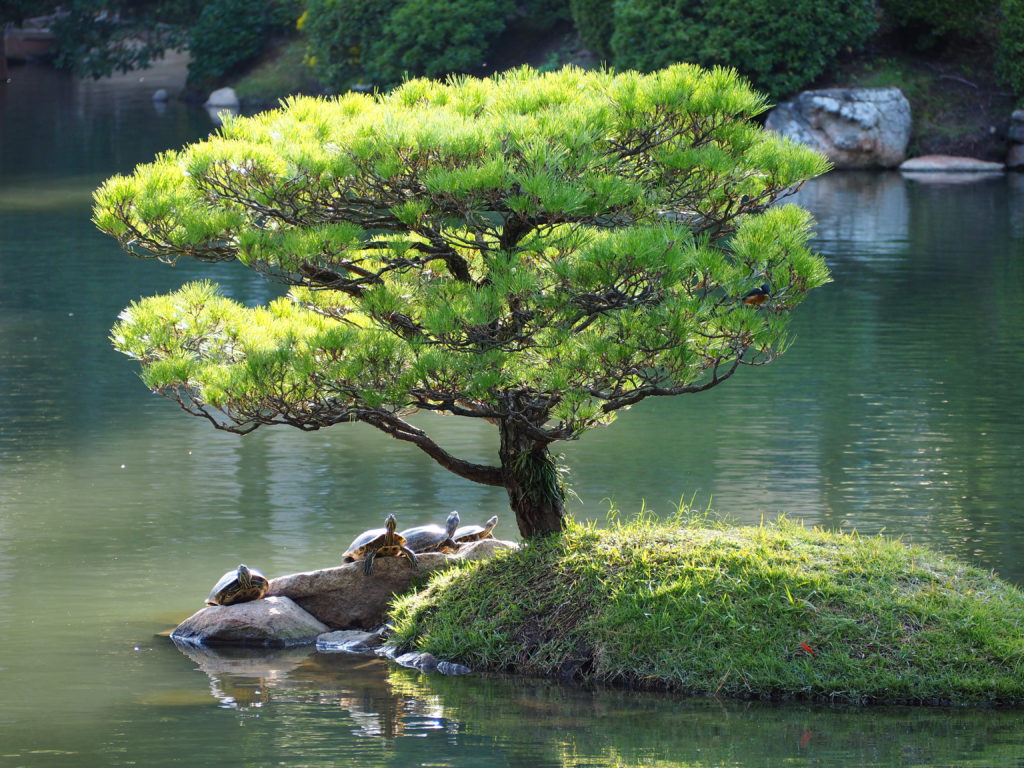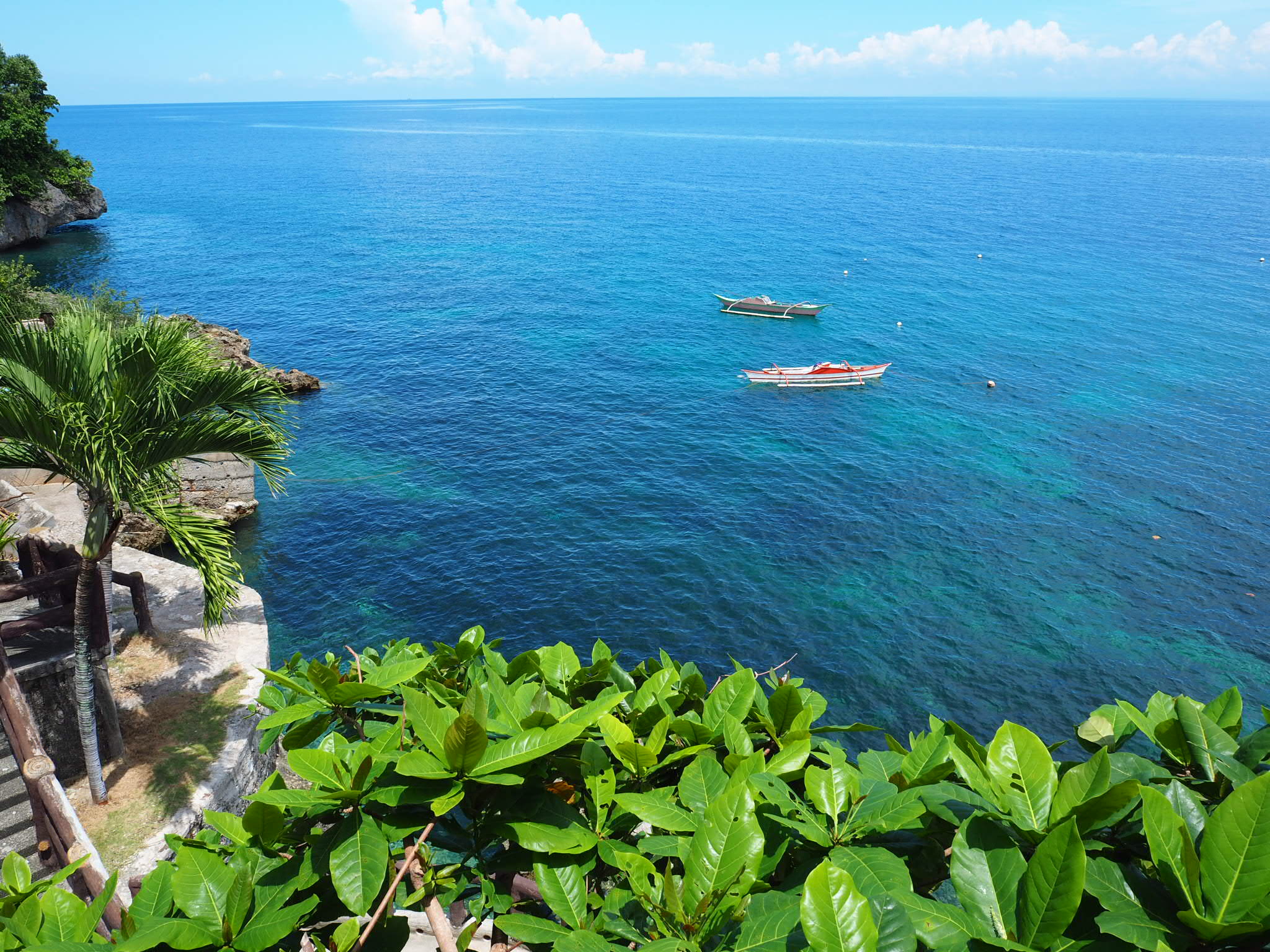A Guide to Travelling in Japan
Japan has an unfair reputation for being expensive with a confusing transport system. To be fair both of these can be true, getting your head around the JR lines, private lines and metro lines in the major cities of Tokyo, Osaka and Kyoto needs some serious skills. We’ve put together a list of hacks that are very useful for anyone planning a trip to Japan.
Tax
In Japan tax is added at the counter so just expect to pay more that it says on the label. Some restaurants will have tax included in their prices, but this is usually stated on the menus. If you spend over 5000 yen at any one time in a shop you will need to have a copy of the receipt taped into your passport and stamped if you want to claim the tax back. This is to prove that the items were purchased by a tourist. Purchasing as a traveller is what allows you buy the items tax free. This receipt is then handed over before passing through immigration. Not a major issue, but it may cause some confusion at first, especially since you need to get something stuck into your passport.
English
When we were in Southern Japan traveling from Hiroshima to Tokyo the language barrier was not an issue. There were plenty of English signs, menus and helpful locals who could spot a confused tourist a mile away. In Hokkaido this is a different story. Do not expect people to speak English here, especially away from Sapporo, New Chitose and Otaru. Therefore in these areas a translation app can prove invaluable. It was a similar story in Kyushu and Shikoku, with English not being widely spoken. However we got by with a combination of very bad Japanese, being able read Kanji and translation apps.
One thing to note is that Japanese people are extremely friendly and often if they are unable to help you they will try and find someone else who can help you.
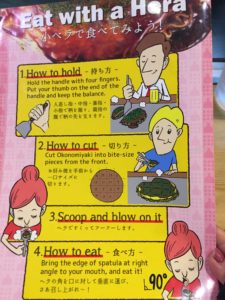
Renting a Car
Renting a car is absolutely the best way to see the beautiful islands of Hokkaido, Kyushu and Shikoku. It can be quite a confusing process with a few things to consider. We have two articles on renting a car in Japan, one for Hokkaido and one for Kyushu.
Public Transport
Japans public transport system is fast, convenient and extensive. However it can also be rather confusing. Our experience of this mainly came in the form of the metro, JR and private lines running through Tokyo, Kyoto and Osaka. Make sure you know whether your destination is on the JR, metro or private lines so you know which map to check.
Your JR pass (should you choose to get one) allows free travel on all JR trains (with the exception of the Noizumi and Mizhuno trains in some cases) but not metro’s and private lines. However, if you purchase a region specific pass, as opposed to a nationwide pass, it allows you to take the faster Noizumi and Mizhuno trains. If you purchase a nationwide pass then these two train types are not an options.
Japans public transport network is one of the most advanced and reliable on the planet. Consequently it is something that you can rely on to get you from A to B.
On Hokkaido the public transport network outside the southern cities of Sapporo, Otaru and Hakodate is quite limited. As a result we would definitely recommend hiring a car. In Kyushu and Shikoku the public transport is better, but a car is still the best way to go.
Download Hyperdia
Japans intercity trains can be confusing as well, since cities can have multiple stations serving different routes and different types of private and JR trains. Save time and stress by downloading Hyperdia. This superb little app will tell you what trains you need to go from A to B. You can select JR pass and non JR pass routes. This includes all metro, JR and private lines. You get 3 months of free usage and then you have to pay. However if you uninstall it then download it again you get another 3 free months. Another advantage of this app is that it also gives the prices of tickets meaning you can price up to your journeys to work out what pass is going to be the best option for you.
Destination Hacks
Tokyo
Knowing what types of lines you will need comes in very handy when purchasing all day travel passes. For example in Tokyo, an all day metro pass is 600 yen, but an all day metro and Toei Line’s pass is 900 yen. The metro can get you to almost anywhere you need to go, so for us it wasn’t worth buying the additional Toei Line pass.
Kyoto
Kyoto’s sights are spread out all over the city so you will definitely be taking advantage of the cities excellent public transport system. You are more likely to use the 500 yen 1 day bus pass than anything else, with the exceptions of the Inari Shrine and the Arashiyama Bamboo Groove. Better to use the JR lines for those two if your pass is already activated. If not, then JR trains are around 300 – 500 yen depending on the type of train. So if you have to take the train it’s not really going to break the bank.
Hiroshima
The tramlines in Hiroshima are excellent. They can easily take you all over the city and down to Miyajimaguchi where you can take the ferry across to Miyajima. A range of single day and multi passes are available. Some of which can include trips over to Miyajima Island itself.
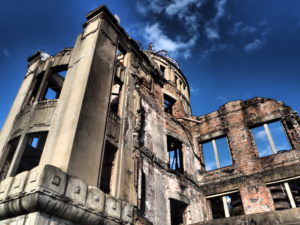
Nara
Most people head to this beautiful town as a day trip from it’s bigger Kansai brothers, Osaka and Kyoto. As soon as you exit the JR station follow the signs and you will find yourself at the right bus stop. When we were there the only signs in English were for the buses to the temples. Extremely convenient.
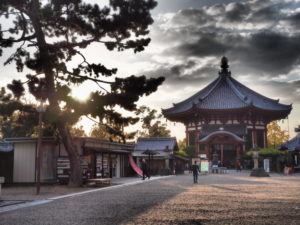
Himeji
Like Nara, Himeji is primarily visited as a day trip, usually from Osaka. Head out of the JR station and follow the signs to the bus stop. Everything is in English. The castle and gardens are both walkable from the station, however we ended up arriving in the middle of a torrential downpour so the bus provided some welcome shelter.
Food
Lets face it, one of the highlights of any holiday to Japan is the food. We have an article on eating in Japan for an over view of some of the most amazing culinary wonders in Japan.
One thing to bear in mind is that not all izakayas (Japanese pubs) have english menus. In Japan they like the hearts, livers and kidneys as much as the love more regular parts of our farmyard friends. Therefore a translation app can be very useful here when deciding which yakitori sticks to order.
Food is also not as expensive as people think. Certainly for the quality of food we were enjoying we would have paid more in China, and indeed we did pay much more in Australia and New Zealand. As a side note, alcohol can be pricey in some restaurants, so an easy way to keep the costs down is to avoid alcohol.
Convenience Stores
They have everything you could possibly need here. Whether you want a bento box for lunch, need some bathroom bits or want to self cater, these shops are lifesavers.
Another thing to note is that the food and bento boxes from these convenience stores are delicious and cheaper than eating at a restaurant. Convenience stores were a welcome sight on some of our long road trips in Hokkaido.
Signposting
Occasionally signposting in Japan can be rather confusing. Basically you will be following signs that all of sudden will disappear and then reappear again at random intervals. If signs to your chosen destination disappear occasionally it doesn’t always mean you’ve made a wrong turn. Keep following your original direction and they are likely to reappear again. This frequently happens in Japan’s crowded and chaotic transport hubs.
Avoiding the crowds in Kyoto
Kyoto’s historical significance attracts thousands of tourists. Trying to escape the crowds can be pretty tricky at the major sites such as Kiyomizu-Dera, Arashiyama Bamboo Grove and the Inari Shrine.
Start Early: We got to the Inari Shrine at 7:30am and we shared it with a handful of people. By the time we arrived back at the entrance after completing the full walk around the top the handful of tourists was replaced by the hundreds. The same logic can be applied for the Arashiyama Bamboo Grove.
Planning Your Route: There are 3 major temple chokepoints that we encountered during our trip to Kyoto. Kiyomizu-Dera, Kin-Kakuji and Gin-Kakuji. Safe to say that these places will always have a number of tourists. Its very hard to avoid tourists at these sites as you cannot go early as you would do for the Inari Shrine or Arashiyama Bamboo Grove.
Kiyomizu-Dera – Many people will make this temple the start of their day in South Higashiyama and the Gion area. We did exactly this, however in hindsight it is probably better to start around the Choi-in Temple or a little further north if you wish and then walk south through Southern Higashiyama and Gion and ending around Kiyomizu-Dera.
Gin-Kakuji – Start from Keage Station and then walk down to the spectacular Nanzen-In Temple. There are a few other temples you can poke you nose in around here before you hit the philosophers path which takes you all the way up to Gin-Kakuji. From there its an easy bus ride back to the city centre
Kin-Kakuji – This temple is busy. Aside from Daitokuji there is not a lot around here. The best piece of advice we can give is to not take the buses from right outside the temple. These buses are packed and have long lines. From Kin-Kakuji walk the 20 minutes to Daitokuji to have a look around and from here there are a number of buses that can take you back into the city centre.
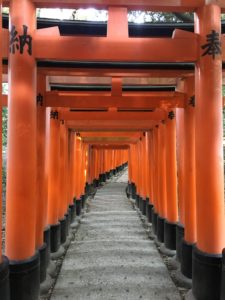
Shoes
You are expected to take you shoes of when entering most shrines and temples; it will be clearly marked if you need to. Restaurants where you sit on a tatami mats (sitting cross legged on the floor) will also require you to take off your shoes. In many guesthouses and hotels, guests are expected to take their shoes off at the entrance to the hotel. Just remember where you put your shoes!
Onsens
Onsens are amazing. Few things can beat soaking your feet in a natural hot spring after a long day of walking. On Hokkaido many towns have free public onsens where anyone can just go and dip their feet. If you head up route 86 past Rausu there are a couple of free ones on the beach.
Onsen hotels are pretty common on Japan’s most northern island. The hotel rooms have toilets and sinks but no showers. You wash in the onsen. Here it is very important to follow onsen etiquette:
1) Wash yourself with the showers before entering the onsen
2) When washing yourself make sure you are always sat down on the small stools provided. These stools can be washed by pouring water from the onsen over them, NOT by dipping them in the onsen.
3) After washing you can go in the onsen, however afterwards you are expected to washing with the small showers again and wash your stool before you leave.
4) Do no put your towel in the onsen.
5) Do not wear a bathing suit.
There are obviously more nuances, but these are the basics incase no instructions are provided.
Rubbish
Japan is immaculately clean. Although this isn’t exactly news to anyone, rubbish bins are not as commonplace as you may imagine. Therefore, always be prepared to carry your rubbish with you until you find a bin. This is especially true in Hokkaido’s National Parks.
Toilets
Japanese toilets are amazing. Most public toilets are spotless and have heated seats and the good old Japanese spraying equipment hidden under the seat, a must for any visitor. Before you get spraying make sure you have the intensity on the lowest setting otherwise you may get a bit of a shock.
